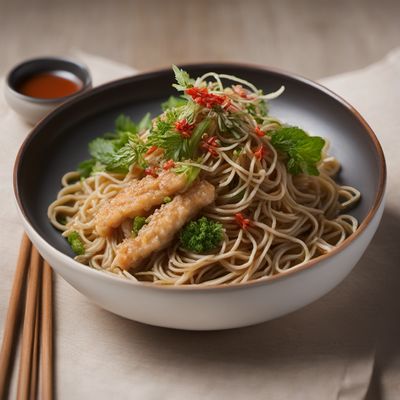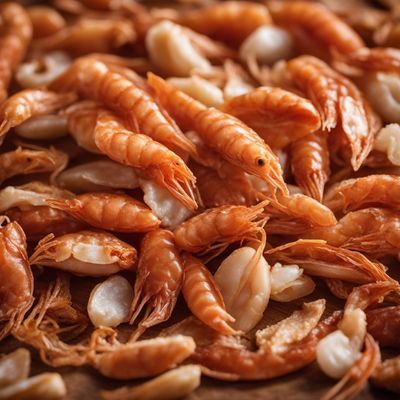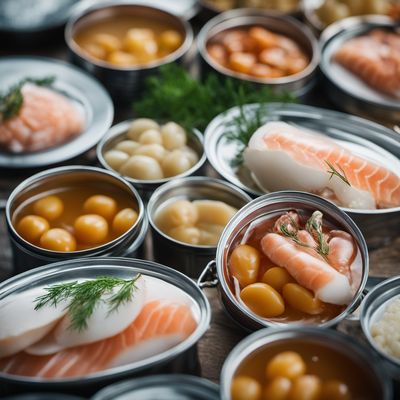
Ingredient
Marinated / pickled seafood
The Tangy and Briny Delicacy
Marinated/pickled seafood refers to seafood that has been preserved in a mixture of vinegar, salt, and spices. This preservation method imparts a tangy and briny flavor to the seafood, enhancing its natural taste. Marinated/pickled seafood can range from anchovies and herring to octopus and mussels, offering a wide variety of textures and flavors to explore.
Origins and history
The tradition of marinating and pickling seafood dates back centuries and can be found in various cultures around the world. In Mediterranean cuisine, marinated anchovies and sardines are popular, while pickled herring is a staple in Scandinavian cuisine. In Asian cuisine, pickled ginger and marinated octopus are commonly enjoyed. The preservation process not only adds flavor but also extends the shelf life of the seafood, allowing it to be enjoyed for longer periods.
Nutritional information
Marinated/pickled seafood is low in calories and fat, making it a healthy choice for seafood lovers. It is also a good source of protein and omega-3 fatty acids, which are beneficial for heart health. However, the sodium content can be high, so it should be consumed in moderation, especially for individuals with high blood pressure or sodium sensitivity.
Allergens
Marinated/pickled seafood may contain allergens such as fish and shellfish. Individuals with seafood allergies should avoid consuming these products.
How to select
When selecting marinated/pickled seafood, look for products that are well-packaged and have a tight seal. Check the expiration date to ensure freshness. Opt for reputable brands or artisanal producers known for their quality products.
Storage recommendations
To maintain the freshness and quality of marinated/pickled seafood, store it in the refrigerator at a consistent temperature. Keep the container tightly sealed to prevent air exposure. Consume the seafood within the recommended time frame specified on the packaging or recipe.
How to produce
Marinating or pickling seafood at home requires careful attention to hygiene and proper preservation techniques. It is recommended to follow trusted recipes and guidelines to ensure safety and optimal flavor. Fresh seafood should be used, and the marinating or pickling process should be done in a clean and sanitized environment.
Preparation tips
Marinated/pickled seafood can be enjoyed as a standalone appetizer, added to salads, or used as a topping for pizzas and bruschetta. It can also be incorporated into pasta dishes, rice bowls, and sushi rolls to add a tangy and briny kick. Experiment with different types of marinated/pickled seafood to discover new flavor combinations.
Culinary uses
Marinated/pickled seafood is commonly used in Mediterranean, Scandinavian, and Asian cuisines. It is a key ingredient in dishes such as Caesar salad, gravlax, and sushi. It is also a popular choice for antipasti platters and tapas.
Availability
Marinated/pickled seafood is commonly available in coastal regions and areas with a strong seafood culture. It can be found in specialty seafood markets, gourmet grocery stores, and some supermarkets. It is particularly popular in countries like Italy, Spain, Sweden, and Japan.
More ingredients from this category
Recipes using Marinated / pickled seafood

New Mexican Style Souvlaki
Spicy Grilled Skewers with a Southwestern Twist

Chakin Zushi - Delicate Sushi Pouches
Sushi Blossoms - Unfolding the Art of Chakin Zushi

Mordovian-style Tempura Soba
Crispy Buckwheat Noodles with Mordovian Twist

Temarizushi - Handmade Sushi Balls
Sushi Delight: Handcrafted Temarizushi Balls

